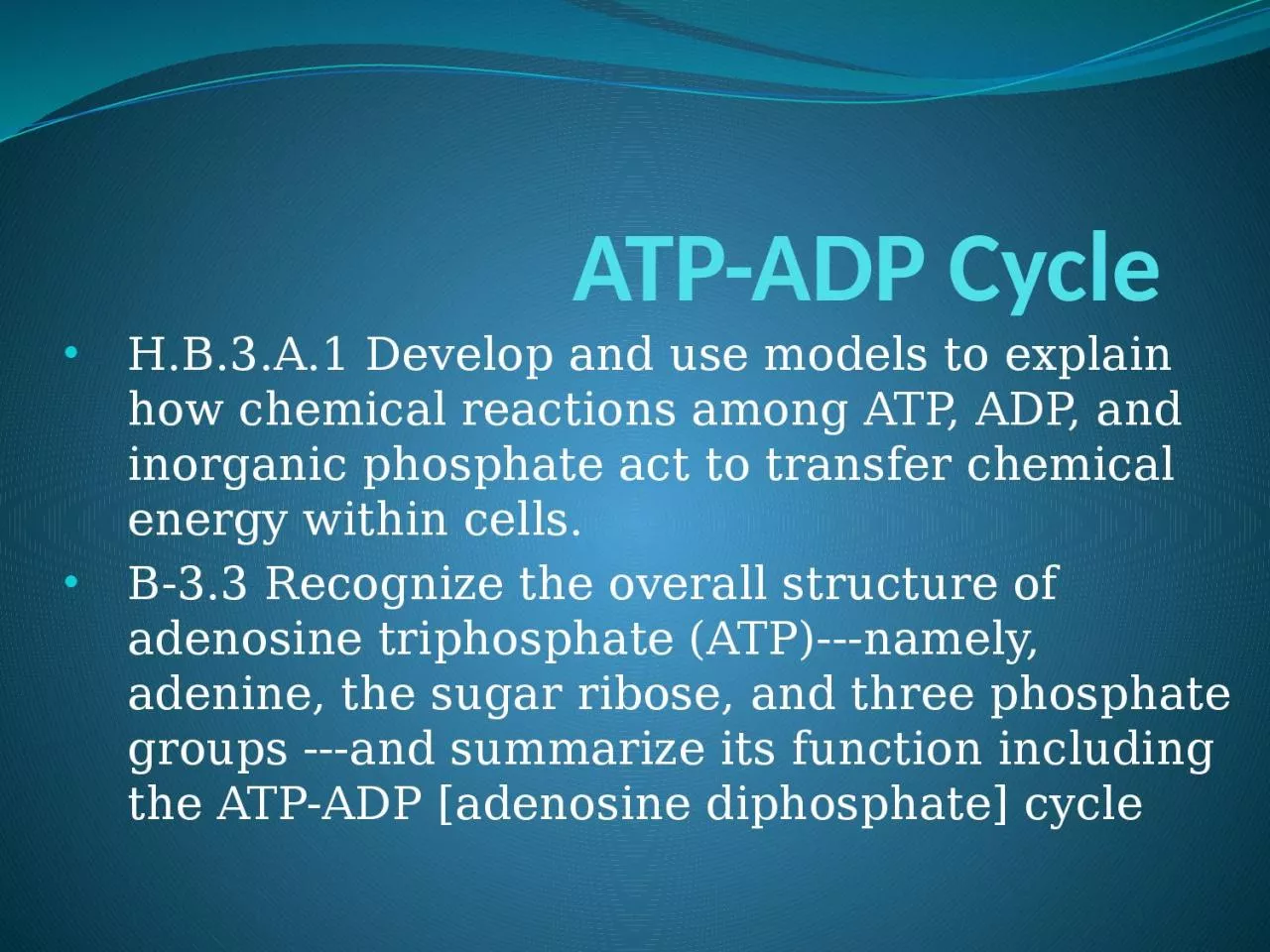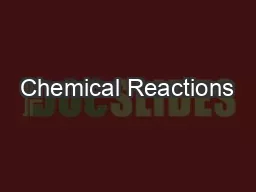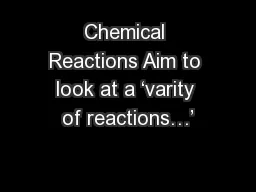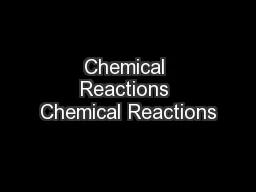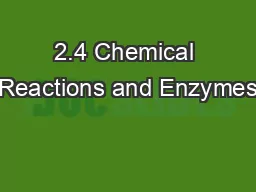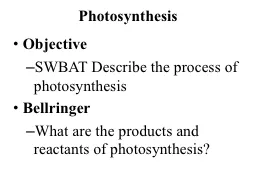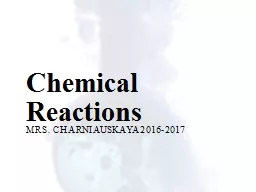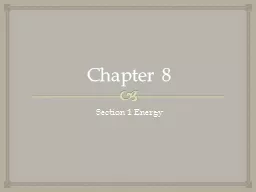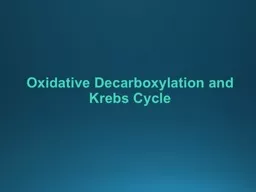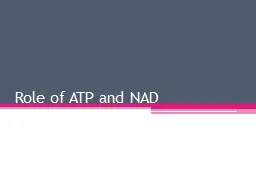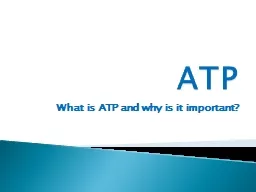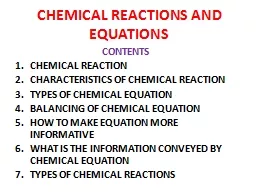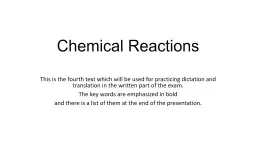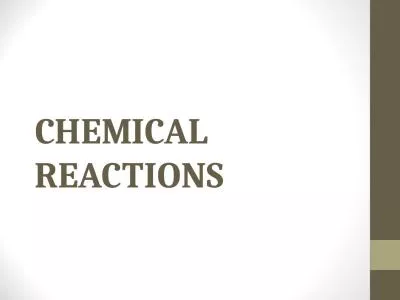PPT-ATP-ADP Cycle H.B.3.A.1 Develop and use models to explain how chemical reactions among
Author : cora | Published Date : 2023-11-19
B33 Recognize the overall structure of adenosine triphosphate ATPnamely adenine the sugar ribose and three phosphate groups and summarize its function including
Presentation Embed Code
Download Presentation
Download Presentation The PPT/PDF document "ATP-ADP Cycle H.B.3.A.1 Develop and use ..." is the property of its rightful owner. Permission is granted to download and print the materials on this website for personal, non-commercial use only, and to display it on your personal computer provided you do not modify the materials and that you retain all copyright notices contained in the materials. By downloading content from our website, you accept the terms of this agreement.
ATP-ADP Cycle H.B.3.A.1 Develop and use models to explain how chemical reactions among: Transcript
Download Rules Of Document
"ATP-ADP Cycle H.B.3.A.1 Develop and use models to explain how chemical reactions among"The content belongs to its owner. You may download and print it for personal use, without modification, and keep all copyright notices. By downloading, you agree to these terms.
Related Documents

